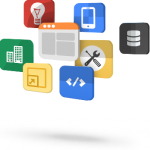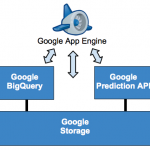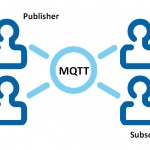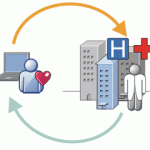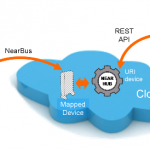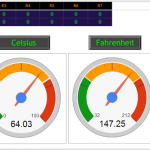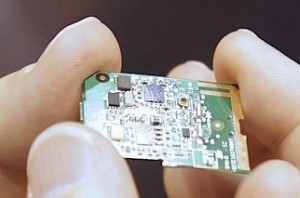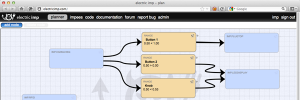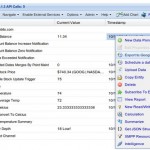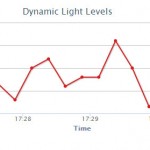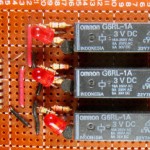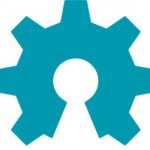Recently Google announced their new Cloud Platform services, which allow almost anyone to build applications, websites, store and analyse data using Google’s infrastructure. This is an exciting development for those looking to implement a scalable Internet-of-things system at a minimal cost – so we’ll take an overview of the system as it stands today.
Almost everyone is aware of the researched information, computing power and infrastructure available for Google’s myriad of services, and now it’s possible to harness some of this for your own needs. With the introduction of their “Cloud Platform”, you can harness this power that Google has used internally for years to provide Google’s familiar high-speed, high-scale big-data products and services such as Search, YouTube, Google Docs and GMail and make it available as cloud computing services for use with your own Internet-of-Things projects.
Large-scale, high-speed, distributed “cloud” storage and computation with large amounts of data is at the heart of everything that makes Google what it is, so it’s clear that they have substantial opportunities to offer external cloud-computing customers.
Whilst Google is not the first major player in the cloud computing market, their substantial infrastructure and “Big Data” experience represents a significant source of potential competition with other established cloud computing providers such as Amazon Web Services. The capability to use Google’s data centre infrastructure for cloud storage and computation, their data tools such as BigQuery to process very large scale data sets – and integration with Google’s data, services and apps are increasingly attractive.
The Google Cloud Platform is made up of a couple of different core components – Compute and Storage being two of the most important. The Compute component includes the Google Compute Engine, which is an Infrastructure-as-a-Service platform designed to run any application on top of Google’s infrastructure – which offers fast networking, scalable processing and storage, and the App Engine, a platform for developing and hosting web applications. The Storage component includes Google Cloud Storage and the BigQuery large-scale query system.
As with most cloud computing platforms, end users access cloud-based applications and infrastructure through a relatively lightweight local computer – via a web browser, lightweight desktop software, or a mobile device application – with the data and most of the software are stored on remote servers in the cloud. Therefore, the hardware requirements for the user to leverage the power of applications and data on Google Cloud Platform-hosted applications and services are almost trivial.
Many components of the Google Cloud Platform support open standards and protocols such as REST-based APIs. The Google Compute Engine is built atop a JSON RESTful API which
can be accessed via numerous different libraries, command-line utilities and GUI front-end tools. Google’s BigQuery, a cloud-based fully managed interactive query service specifically designed for work with massive datasets, is operated via an SQL-like query language.
Google Cloud Storage complements the Compute component of the Google Cloud Platform and serves to glue together all Google Cloud Services. Google Cloud Storage is a HTTP service that serves data directly over HTTP with high performance and resumable transfers of objects up to the terabyte scale. It offers support for two different APIs – one that is compatible with the XML standard used by competing providers such as Amazon Web Services and another API built around JSON and OAuth, consistent with the Google Compute Engine’s API.
The Google App Engine is a “Platform-as-a-Service” cloud computing platform for the development and hosting of web applications in Google’s managed data centres. Applications are sand-boxed and distributed across multiple servers. One of the major benefits of using the Google App Engine is that it can offer automatic scaling for web applications – that is, automatically allocating more resources for the web application to handle the increased demand as the number of requests for a particular application increases.
All that sounds quite useful, however why would your organisation use the Google Cloud Platform? Whilst it requires an initial investment to import your data (especially on a large scale) into the cloud, this is offset by the substantial advantages offered by the platform. By offering fully managed services that remove the requirement for upfront capacity planning, provisioning, constant monitoring and planning software updates. This can significantly reduce the total cost of ownership of large-scale data handling solutions.
Furthermore there’s one thing in particular that sets the Google Cloud Platform apart – the network that connects the company’s data centres so data can be processed and delivered where it is needed in milliseconds. Google has a private distributed backbone between all its data centres – so if you’re moving data around within Google’s cloud, even within geographically diverse data centres (although this is essentially invisible to the user) your data travels over Google’s backbone, and not over the Internet – providing substantially improved performance.
Whilst the Compute and Storage components of the Google Cloud Platform are separate offerings, the performance of Google’s networks make it appear as though they integrated seamlessly, thus allowing integration of Google’s cloud storage and computation with no obvious slowdown.
At the LX Group we have a wealth of experience and expertise in the IoT field, and can develop new or modify existing hardware and software to integrate your system with the Google Cloud Platform. As always, our goal is to find and implement the best system for our customers, and this is where the LX Group can partner with you for your success.
We can create or tailor just about anything from a wireless temperature sensor to a complete Internet-enabled system for you – within your required time-frame and your budget. For more information or a confidential discussion about your ideas and how we can help bring them to life – click here to contact us, or telephone 1800 810 124.
LX is an award-winning electronics design company based in Sydney, Australia. LX services include full turnkey design, electronics, hardware, software and firmware design. LX specialises in embedded systems and wireless technologies design. https://lx-group.com.au
Published by LX Pty Ltd for itself and the LX Group of companies, including LX Design House, LX Solutions and LX Consulting, LX Innovations.

